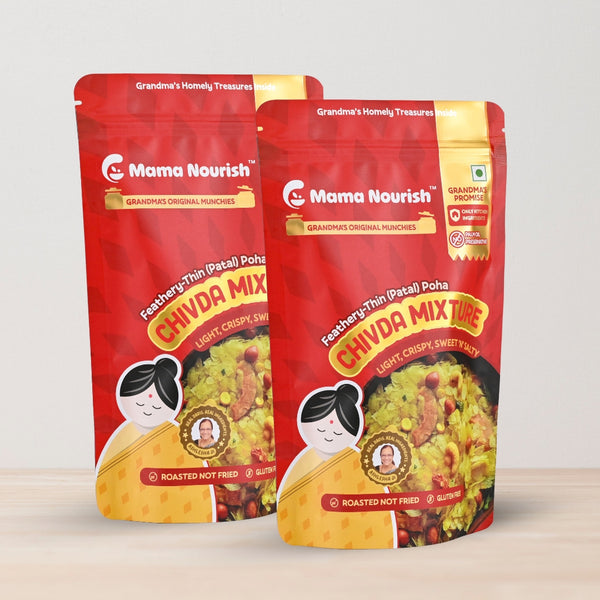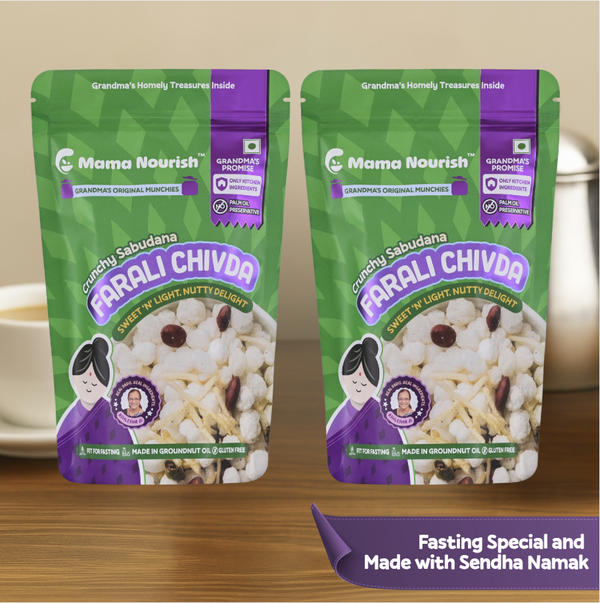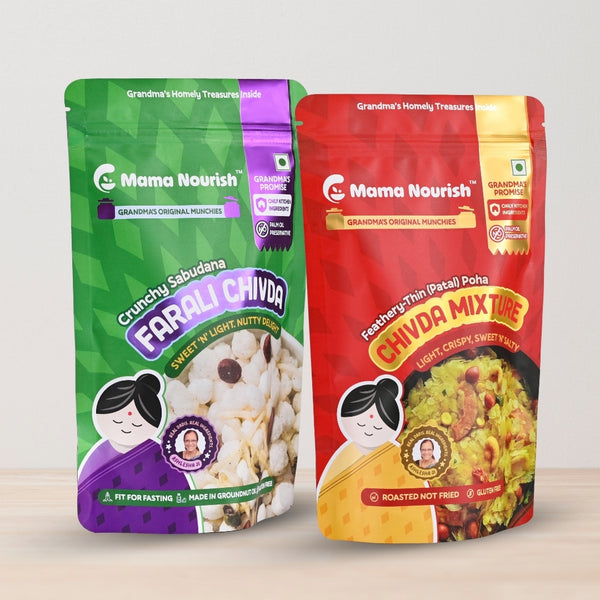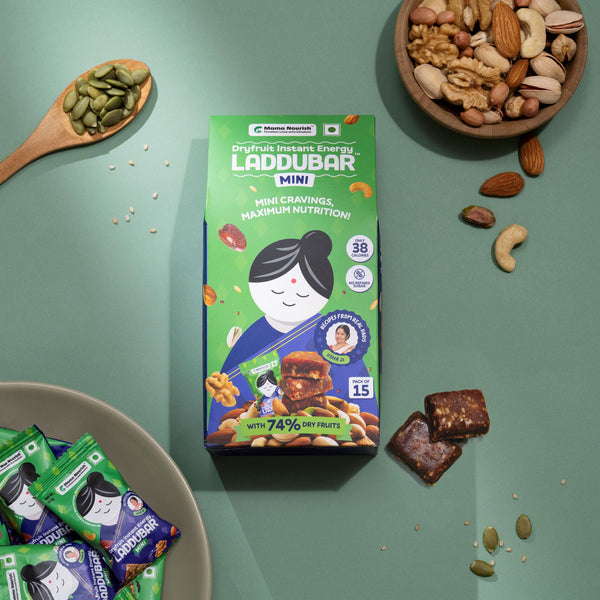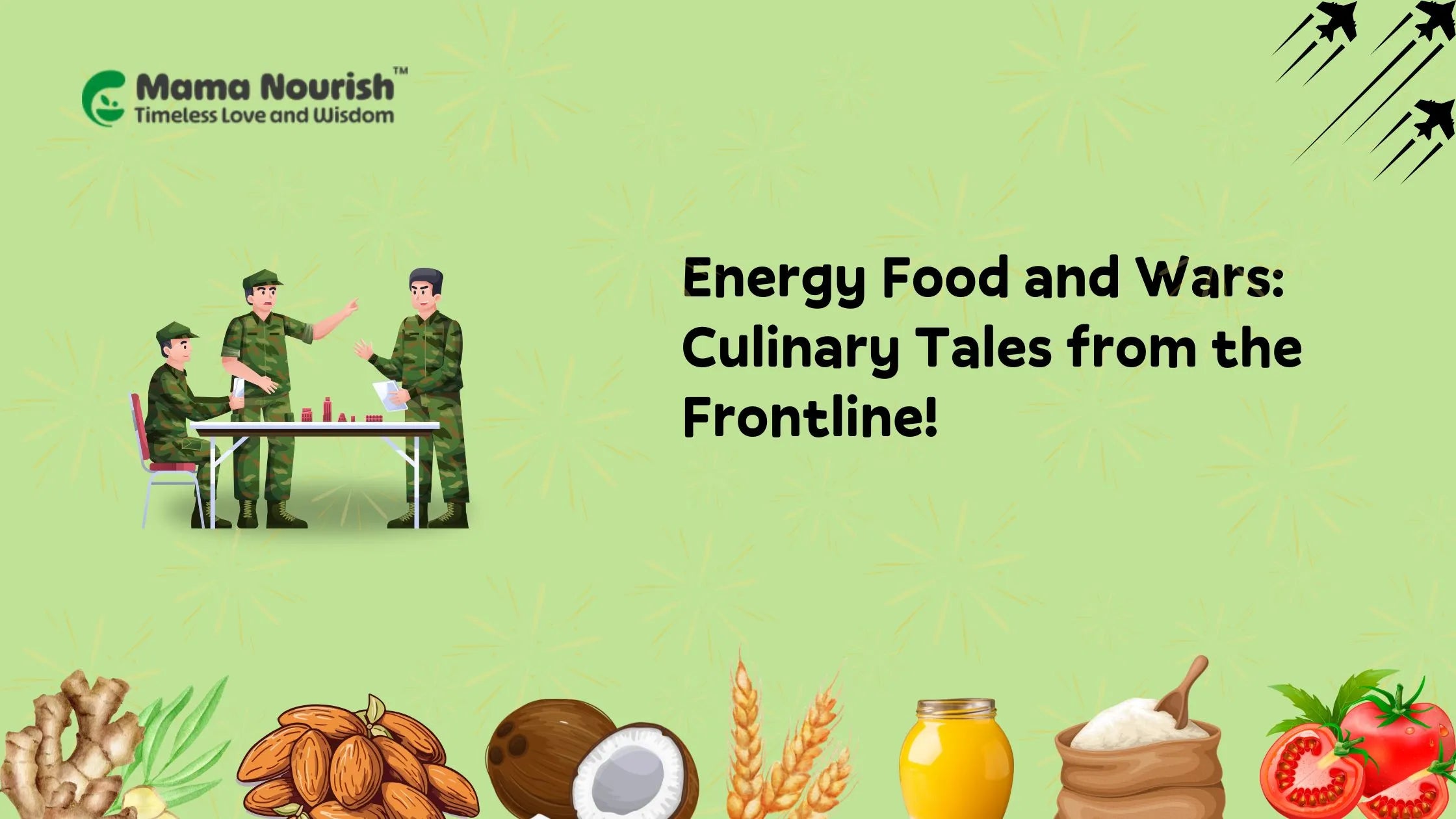
Energy Food and Wars: Culinary Tales from the Frontline!
Did you know that millets have long been hailed as 'soldiers' food'?
In fact, they have been a staple in army provisions since ancient times!
Recently, the Indian Army has reintroduced millet into their diets. Since time immemorial, special attention has been given to selecting army provisions due to the need for transportation over long distances, storage requirements, and, above all, the necessity of providing enough energy for combat. All of these factors make army diets particularly intriguing–as every battle may lead to the rise and fall of empires and redefine the annals of history!
How about we journey back in time to explore food stories from army camps? Let's begin our exploration from the Mauryan Empire!
1. Mauryan Empire
Did you know that our national Emblem depicting three lions is actually inspired by a pillar built by King Ashok of the Mauryan dynasty?

The Mauryan Empire, which ruled from the 4th to the 2nd century, was the first Empire that united the large geographic expanse of the Indian subcontinent. This was made possible due to exceptional military might and war strategies developed by the Mauryans.
But what powered these mighty Mauryan soldiers? It's believed that one of the dishes the King Ashoka incorporated into soldiers' diets is chhatua–also known by the name sattu. In fact, this India's own instant superfood is said to have dated back to the Indus Valley civilization.
There are diverse varieties of sattu or chhatua. Traditionally, it's made from a mix of pulses like Bengal gram and cereals like barley. The food historian Colleen Taylor Sen mentions saktu, the predecessor to sattu in Vedic times, made of parched powdered barley, later mentions sattu prevalent in Bihar regions made of roasted chana or Bengal gram.
This is not only nutritious but also provides enough energy and protein for soldiers to march ahead. No wonder that it was said that it is made part of payment to soldiers in the Mauryan army!
The Arthashastra, the ancient text on Mauryan administration written by Chanakya, the greatest diplomat of ancient India, describes diets including rice, ghee, and Supa-which is interpreted as soup or sauce, millets, fruits, oils, grains, vegetables, and other crops prevalent in those times.
Interestingly, the text goes on to describe a type of rice called Sáli, which increases five times when cooked and its distribution among the Infantry, Chiefs of the army, and War elephants!
After the decline of the Mauryan empire, it took hundreds of years to establish great empires like the Guptas, which had their sphere of influence in a large portion of this subcontinent.

On the other hand, the Southern part of India also saw the rise of regional powers which eventually grew into a force to reckon with even in world history, and one such remarkable empire is the Imperial Cholas.
2. Imperial Cholas

The legacy of the Cholas extends from grand constructions of living Chola temples, Chola bronze sculptors, prosperous trade, irrigation facilities, a remarkable navy, and the list goes on. The Chola Empire, dating back to the 11th century, led expeditions as far as Southeast Asia, conquering even parts of Indonesia.
This naval power from ancient times has a connection with laddus!
The soldiers of the Chola army were given coconut laddoos while heading for expeditions. Since they are easy to carry, tasty, and nutritious, they became an ideal choice, symbolizing good luck.

Talking about valour and wars, how could one forget the great Rajput warriors?
3. Rajput

Not only did the mighty forts of the Rajputs stand the test of time, but also the food cherished by them – the most famous among them is daal baati.
One of the earliest mentions of daal baati dates back to Mewar warriors; it is said that those soldiers would leave the dough, generally made with wheat, ghee and milk, buried in a thin layer of sand to bake in the sun. After they returned, they got tasty round baati!
Later, the daal baati churma combination developed, and folklore says that churma originated when a cook accidentally poured sugar cane juice into the baati during a war day! Churma is a mix of coarse wheat flour cooked with ghee and sugar.
Today, raisins and nuts are also added, and bati served with dal curry and churma is a much-loved Rajasthani delicacy.

4. Vijayanagara Empire
Have you ever noticed the picture of a chariot on the ₹50 note?

That's a picture from Hampi, Karnataka, nestled on the banks of the Tungabhabadra river, surrounded by hills. This land was once called Vijayanagara, or the city of victory; this 4th-century empire attracted travellers across the globe due to its prosperity.
Interestingly, archaeologists have found very lengthy rock structures with plates carved on them continuously in rows; the site is called Bhojanashala or dining hall. According to archaeologists, these stone plates were made for the community dining of Vijayanagara soldiers.
Another interesting thing is, according to Razzak Femao Nuniz, a Persian ambassador, the forts built by Vijayanagara rulers to protect themselves from invasions even enclosed the agricultural fields! This is meant to ensure food supply even if they had to fight longer wars which may extend for years.
The food in Vijayanagara included coconuts, betel leaves, areca nuts, lemon rice, dosas, various sweets, spices, lime, pomegranates, milk products, non-vegetarian items etc. The food historian, K T Acharya, in his book, A Historical Dictionary of Indian Food, mentions Foreign traveller Femao Nuniz talking about the abundance of millet in Vijayanagar.
Today, Hampi is declared a World Heritage site by UNESCO, and the legacy of the great empire still lingers through its remarkable constructions, literature, and cuisine.

5. The Marathas

There are many historical accounts discussing the army provisions of the Marathas. A record from Nawab Ibrahim Khan talks about provisions including jowar, bajra, dal, and arhar, along with ghee and red peppers.
Earlier, we discussed sattu, remember? It's said that this mix of cereals and lentils is used as a sports drink for soldiers under Peshwas!
Not only for Marathas, sattu was also the warfood of the Mughals!

6. Warfood of the First War of Independence (1857)
You must have heard the story of Jhansi Rani, the brave Indian queen who fearlessly fought against the British, have you ever wondered about the war food they ate?
One of the foods they prefered was litti chokha; easy portability made it an ideal war food. Besides, it stays edible for more than 48 hours. It became survival food for revolutionaries like Tatya Tope and Kunwar Singh.
The 80-year-old Kunwar Singh from Bihar gave the British a tough time, and litti was his war food.
In fact, studies trace the origin of litti chokha to the Magadha empire. In later periods, litti chokha had undergone many twists and turns, and today it has become an iconic culinary attraction of Bihar. Presently, Litti is made from wheat, chickpea floand ur, Ghee forming a ball and served with chokha made from veggies, onion, ginger, etc.

Talking about wars, how can we omit the World Wars? Here is an interesting food story from Sikh army camps during World War I.
7. Pinni and World War 1
During World War 1, when Sikh soldiers became homesick, the British even set up a committee to inquire about the whole thing. And eventually, they brought pinni to Sikh soldiers in the British Indian army!

8. Sattu and Kargil War
A type of sattu with roasted wheat mixed with water actually helped our soldiers in the Kargil War.
In regions where it's difficult to cook, it became an instant Protein mix providing sufficient energy and nutrition, it is also used by monks as a travel food! It is consumed by mixing with water or sometimes ghee and jaggery.

The Army Diets: Tales of Resilience…
The food stories from army camps do not end here, and many foods- even the much-loved biriyani- trace their origin from army camps!
And these foods even became instrumental in deciding the victors and losers- like Napoleon rightly said- "An army march on its stomach!"
Whether it's millets or sattu or pinni or laddus, these foods tell us the tales of resilience just like soldiers marching with unwavering determination. Above all, the very ingenuity of army diets includes their focus on healthy, nutrient-supplementing food- which is what we call today as functional food. In fact, the protein mix like sattu are still being studied and optimized by food scientists.
Isn't it amazing that many of these army foods evolved into many iconic dishes and are still being revamped and reinvented?
Share

